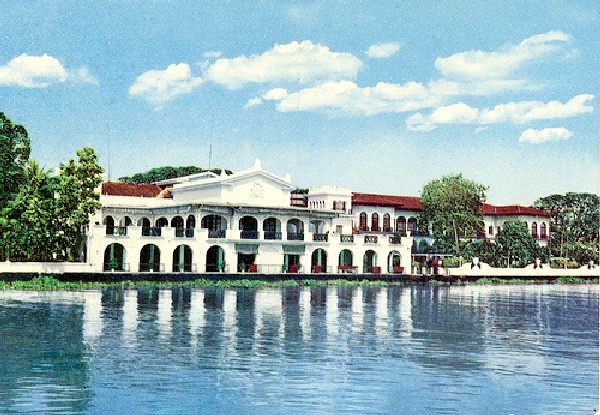DEFENSE Secretary Ash Carter on Wednesday (February 03) said the U.S. Navy would buy more high-end submarines, destroyers, fighter jets and unmanned underwater vehicles in coming years, using $8 billion saved by scaling back orders for smaller, less capable Littoral Combat Ships.
Carter said the Pentagon’s five-year budget plan also included $2.9 billion to modify Raytheon Co’s new SM-6 missiles for use as powerful anti-ship weapons and buy 625 more of the weapons, which are now used for missile defense.
In fiscal 2017, the Navy would spend $587 million to buy 125 SM-6 missiles, according to a senior defense official.
Secret testing last month had proven the Navy’s ability to use the new Raytheon missiles as offensive anti-ship weapons, Carter told sailors at the Navy’s massive San Diego base.
The move will dramatically bolster the military capabilities of the U.S. warships that carry them at a time when China and other countries are rapidly developing anti-ship weapons.
He said the Navy would also buy 13 more Lockheed Martin Corp F-35 fighter jets than planned over the next five years – 10 for the Navy and three for the Marine Corps – as well as 16 more Boeing F/A-18E/F fighters.
“That older aircraft are more difficult, they’re expensive to maintain. And so the older ones we’re finding we have to spend more and more effort maintaining. One of the ways of dealing with that is to buy their replacements. So you see the F-35B here today. And we are, again, in the ’17 budget buying more F35s than we had planned to for the Navy and Marine Corps. So we’re accelerating that buy. And we’re also, by the way, enhancing our buy of FA18s,” Carter told reporters.
Carter also said on Wednesday the U.S. military was keeping a vigilant eye on North Korea’s missile and nuclear programs, and was continually expanding its defenses against a possible missile attack by Pyongyang.
“Yes, we are continually improving and particularly increasing both the number and the quality of the ballistic missile interceptors here in the United States that would protect the United States if, down the road, North Korea succeeded in combining a missile of inter-continental range with a nuclear warhead, ” he said. “We have to protect ourselves in that situation and we will with missile defense.”
Carter said the United States was on track to expand the number of ground-based missile interceptors in Alaska and Hawaii to 44 from 30, but no further interceptor expansion was planned.
Carter embarked on a three-day tour of U.S. military bases on Tuesday after providing a preview of the Obama administration’s $582.7 billion fiscal 2017 defense budget ahead of the formal rollout next week.
The Pentagon’s budget reshapes spending priorities to reflect a new strategic environment marked by a return to greater power competition from Russia and China, and other threats such as Iran, North Korea and Islamic States. (Reuters)







